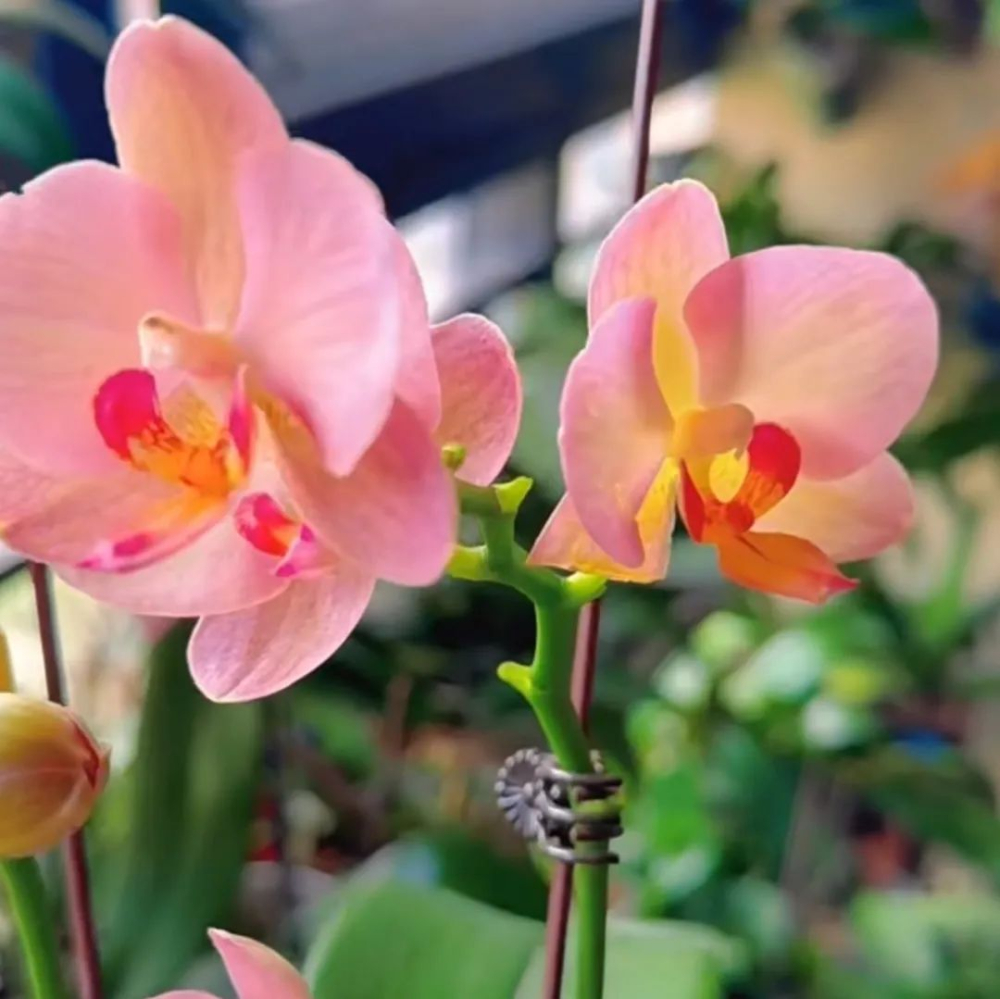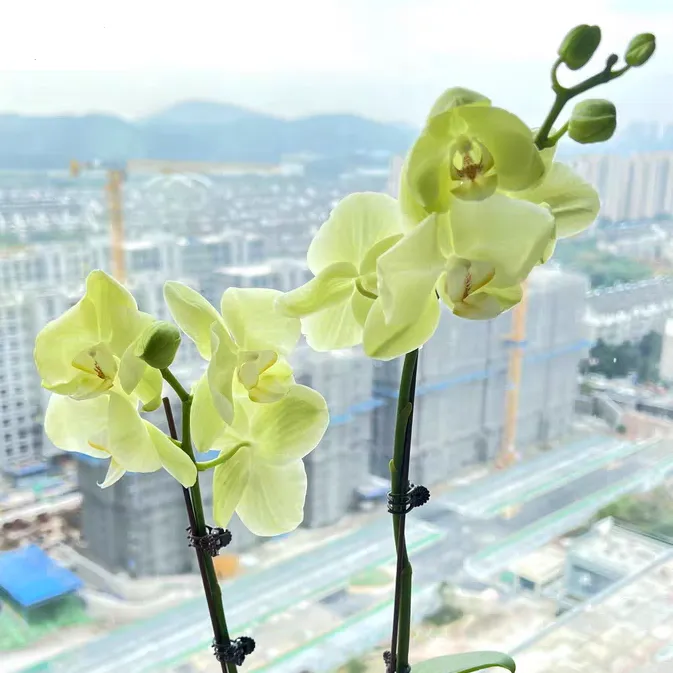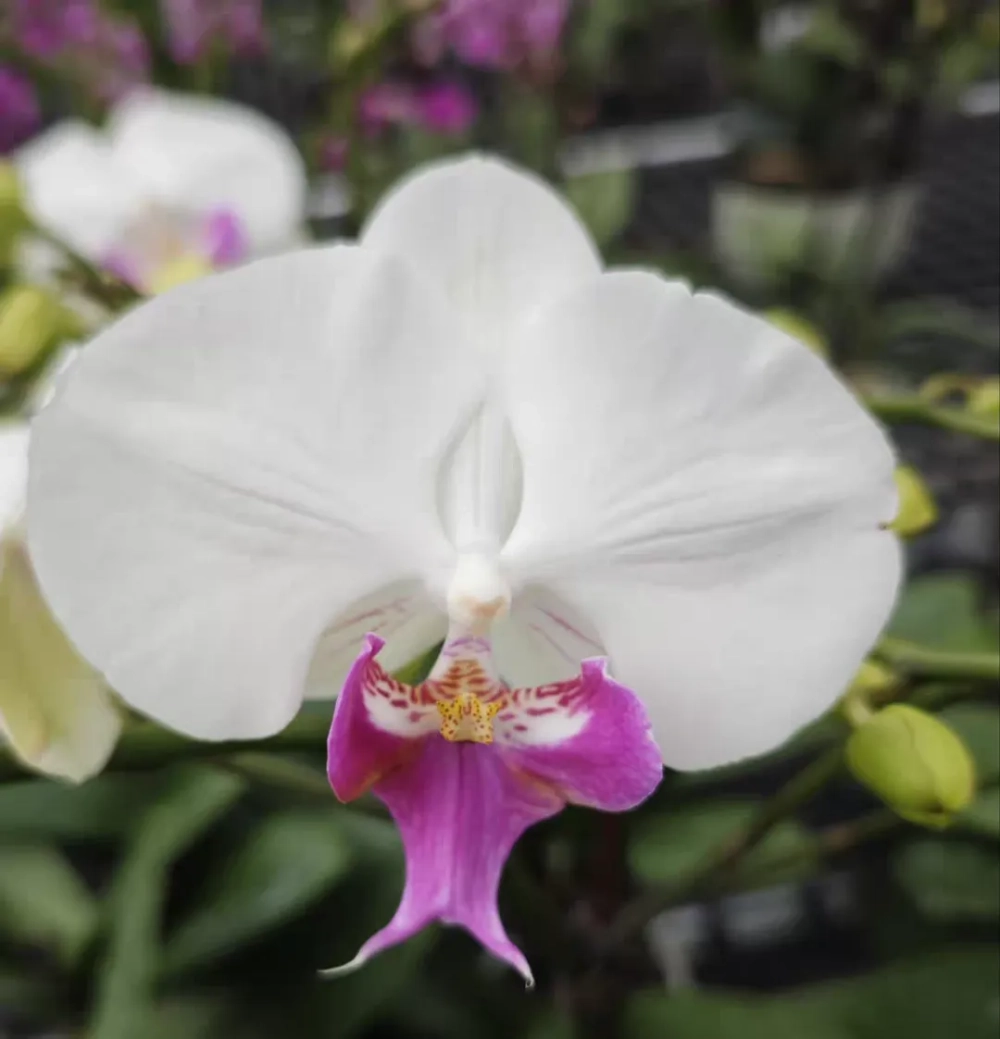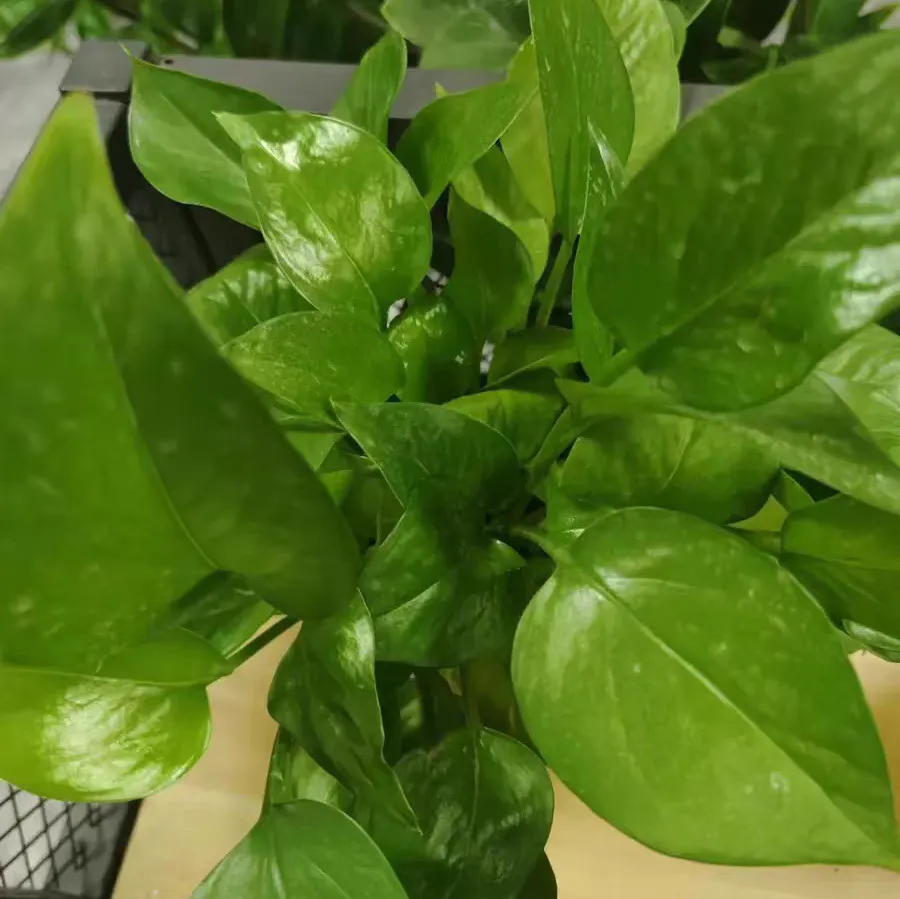Phalaenopsis grapefruit jelly is a flower variety with extremely high ornamental value. Its flowers are large and gorgeous, and the flower color presents a unique grapefruit color. It is as fresh and sweet as grapefruit jelly, giving people visual enjoyment.
Phalaenopsis grapefruit jelly is relatively difficult to maintain to some extent, but as long as the correct maintenance methods are mastered, it can still be well-cultivated. It has relatively strict requirements for environmental conditions such as light, temperature, and humidity, and requires careful care from flower enthusiasts. At the same time, during the maintenance process, pay attention to observing the growth of the plant and adjust the maintenance measures in time to ensure the healthy growth of phalaenopsis.
The following are the maintenance methods for Phalaenopsis grapefruit jelly:
1. Substrate selection
The root system of phalaenopsis is an aerial root and requires good air permeability and drainage. Therefore, when choosing a substrate, materials that are loose, breathable, and have good drainage should be selected, such as moss, bark, and sphagnum moss. These substrates can keep the roots moist without waterlogging, which is beneficial to the growth of phalaenopsis.
2. Watering management
Phalaenopsis has special water requirements and needs to keep the substrate moist but not waterlogged. When watering, it should be carried out according to the dryness and wetness of the substrate. Generally, watering can be done when the surface of the substrate is dry. Water thoroughly to make the water fully penetrate into the substrate, but avoid waterlogging. At the same time, pay attention to the cleanliness of the water quality. It is best to use rainwater, purified water or treated tap water.
3. Fertilization method
Phalaenopsis needs an appropriate amount of fertilizer supply during the growth process. Specialized phalaenopsis fertilizer can be selected and fertilized according to the requirements of the instructions. Generally, in the growing season, a thin liquid fertilizer is applied every 1 to 2 weeks; before and after the flowering period, the application amount of phosphorus and potassium fertilizers can be appropriately increased to promote flower opening and prolong the flowering period.
4. Pest control
Phalaenopsis is vulnerable to pest attacks such as soft rot, anthracnose, scale insects, etc. During the maintenance process, pay attention to keeping the environment clean and hygienic, regularly check the growth of the plant, and take corresponding prevention and control measures in time when pests are found. Fungicides and insecticides can be used for spraying prevention and control, or biological control methods such as introducing natural enemies can also be used.
Home cultivation methods of Phalaenopsis grapefruit jelly.

Share with
Tagged in :




Leave a Reply